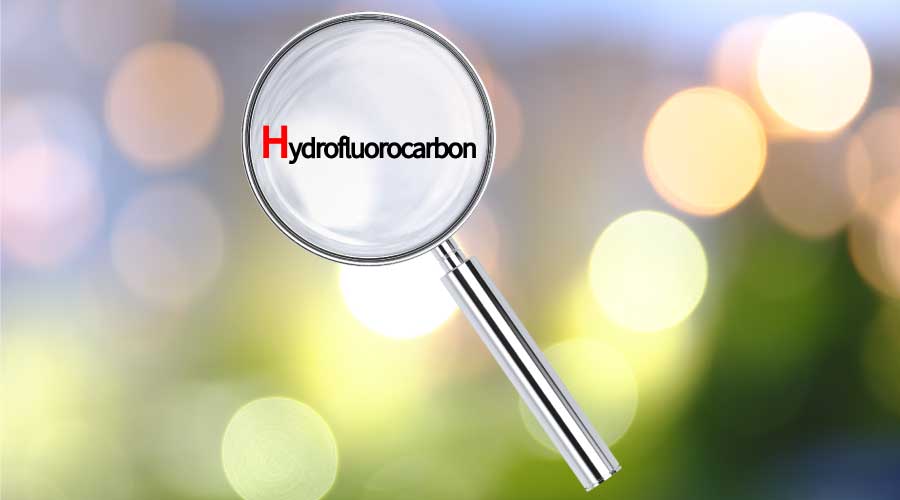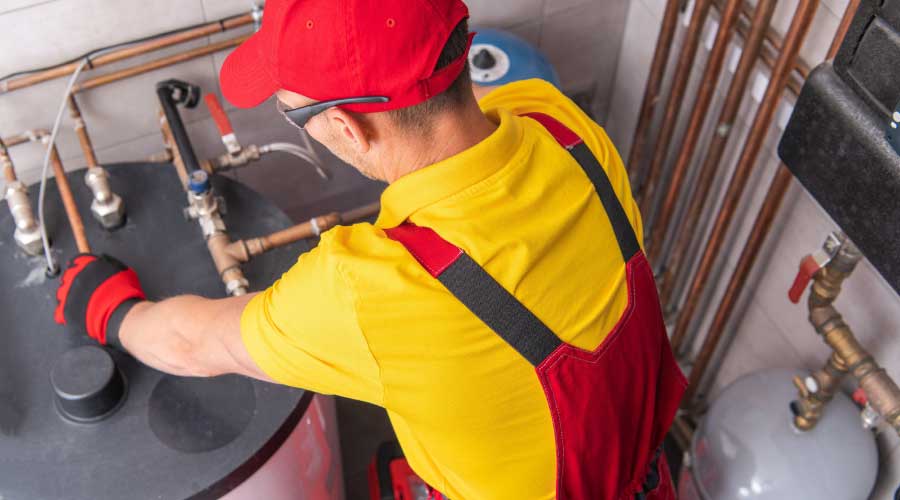Emergency Preparedness: Consider Heating and Cooling Loads
When identifying equipment to include in an HVAC emergency preparedness plan, managers need to consider the nature of the heating and cooling loads in the building.
For example, some loads are comfort loads, meaning the equipment primarily keeps building temperatures within a comfortable range. Other loads result from equipment installed in the building, such as telecommunications equipment and computer servers. Still other loads result from activities and processes carried out within the building.
While comfort loads are somewhat forgiving to temperature and humidity variations, loads from sensitive equipment and processes typically are not. So managers identifying critical HVAC loads and implementation priorities need to take into account the ability of each load to withstand changes in environmental conditions, such as those that could result from a boiler or chiller failure.
Related Topics:
















